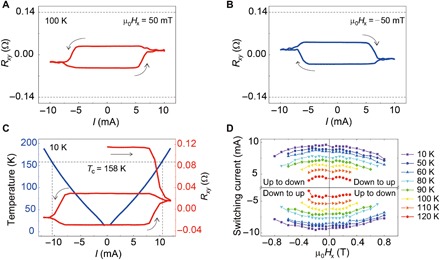Fig. 4. SOT-driven perpendicular magnetization switching in the FGT/Pt bilayer device.

Current-driven perpendicular magnetization switching for in-plane magnetic fields of 50 mT (A) and −50 mT (B) at 100 K. The switching polarity is anticlockwise and clockwise, respectively. The dashed lines correspond to the RAHE at saturated magnetization states. (C) Current-driven perpendicular magnetization switching with a 300-mT in-plane magnetic field at 10 K (red). The arrows indicate the current sweeping direction. The initial state is saturated in the positive direction. The current increases gradually in the positive direction, and the RAHE jumps down to an intermediate state. The two states in the switching loop do not correspond to the saturated states. The device temperature during the application of switching current (blue) is obtained by comparing the measured longitudinal resistance and the measured RxxT curve (fig. S14). The dashed line corresponds to the Tc obtained from the Arrott plots. (D) Switching-phase diagram with respect to the in-plane magnetic fields and critical switching currents at different temperatures. The critical switching current decreases with increasing temperature. In the bilayer device, applying a current of 1 mA corresponds to a current density of 1.85 × 1010 A/m2 in the Pt layer.
